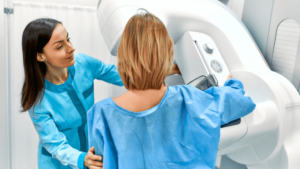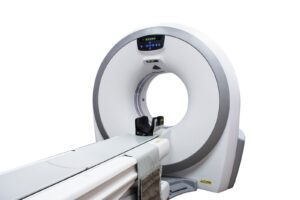When you receive the doctor’s order for imaging, you may be confused as to why one procedure is favored over the other. After all, MRIs are more expensive, so they must be more comprehensive, right?
When you receive the doctor’s order for imaging, you may be confused as to why one procedure is favored over the other. After all, MRIs are more expensive, so they must be more comprehensive, right?
Actually, your doctor will recommend a specific test depending on what your complication is. Thus, knowing how each test is performed is key to knowing why your doctor ordered it.
How Do MRIs And Ultrasounds Work?
An MRI detects changes in tissue quality with the help of 3-D images in high contrast resolution. Color signals are used to show abnormalities within the tissue.
Ultrasound tests use high-frequency sound waves to produce high-resolution images of internal organs and other superficial structures.. Because ultrasounds are displayed in real-time, they can be used to detect issues related to movement as well.
Safety
Both MRIs and Ultrasounds are non-invasive, radiation-free, and painless.
But you may experience some side effects due to the enclosed space and the magnetic field during an MRI scan. Women who are pregnant should avoid MRIs altogether.
On the other hand, ultrasound tests have virtually no chance of complications and are a classic element of exams given to pregnant women..
Muscle Injuries
If an injury is related to the surface or the motion of a muscle, you will likely be given an ultrasound, as it is better suited to detecting minute details. On the other hand, if your condition covers the entire muscle, an MRI may be suggested to capture the complete picture of the muscle function.
Bones & Related Structures
In the case of damage deep within a bone or a tendon, MRIs are necessary to get an image deep within the structure. Ultrasounds don’t provide a deep enough image, although they can be used to guide injections into joints between bones, without the need for radiation or contrast dye.
Schedule Your MRI Or Ultrasound Today
MRIs and ultrasounds are both safe, non-invasive procedures, and when your doctor orders one or the other, they’re picking the one that will most effectively identify the source of your injuries. Schedule your procedure online at One Step Diagnostic today and get one step closer to recovery.




